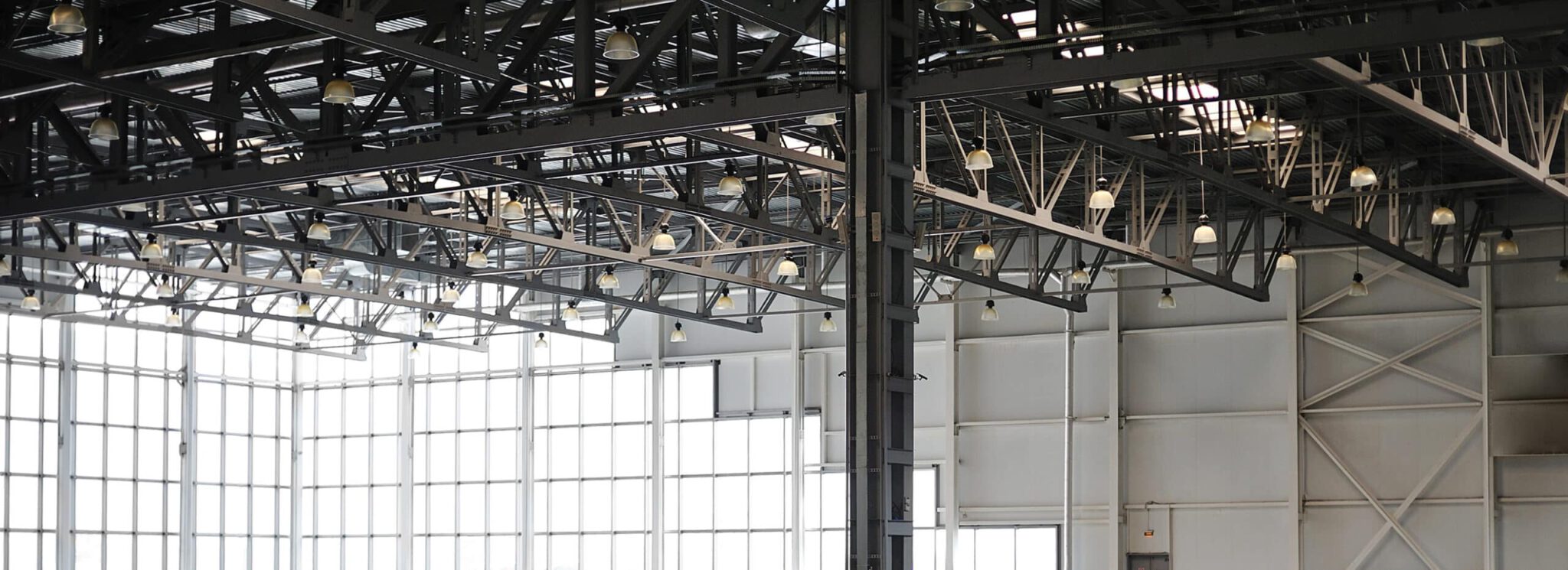Payless ShoeSource has announced its plans to close all U.S. stores and wind down its e-commerce activity. With national retailers like Payless ShoeSource announcing closings and bankruptcies, the industry feared vacancy rates would skyrocket. However, real estate research firm Reis Inc. reports retail vacancy remained flat at the end of 2018 at 10.2 percent. This has changed little from the 9.9 percent reported in 2016.
Despite these closings, the number of vacancies is much lower than expected. “Many feared that vacancy rates would soar and rents would plummet,” Reis researchers say. “This did not occur as the doomsday prognostications proved to be overblown.”
Reis believes retail vacancy rates will remain steady through 2019. Nonetheless, the industry expects to see more store closures and bankruptcies as it did with JCPenney, Sears, Toys R Us, and Kmart in 2018 and now Payless ShoeSource in 2019.
The Shift Toward Industrial and Logistics Spaces
Developers and retail property managers and owners need to have a plan in place to act quickly if any major vacancies occur. One possibility is to convert the space for use to an industrial or logistics space. Ironically, the thing that’s causing some challenges in shopping centers is what’s filling in the vacant spaces: e-commerce retailers. With the demand for one- or two-day shipping, e-commerce retailers need more logistics spaces to live up to their shipping promises.
A CBRE report finds that some developers are converting their vacant retail centers into industrial or logistics spaces. Since 2016, 24 retail-to-industrial projects converted almost 8 million sq. ft. of space into close to 11 million sq. ft. of industrial space. In some cases, they may tear down the property for new industrial construction to meet the company’s complex industrial building requirements.
What Makes a Commercial Property Ideal for Industrial Conversion?
These projects occur mainly in areas with a median household income that’s below the national average. One example is in the Dallas-Fort Worth metropolitan area where developers converted a 350,000 sq. ft. retail center into 1.2 million sq. ft. of industrial space. The area had a 6 percent vacancy rate and a median household income of $37,000.
In Tampa, Florida, a 126,000-square-foot retail center became an industrial complex. The area had a 4.5 percent vacancy rate and a median household income of $52,000. Other areas seeing similar patterns include Kansas City, Kan., Milwaukee, Toledo, Ohio, Memphis, Salt Lake City, and Cincinnati.
The ideal candidates for retail conversion are vacant, free-standing big-box stores near population centers. These often provide abundant parking, docks, overhead doors, and clear heights for industrial use. Another thing an industrial property may need is three-phase power. Most U.S. households run on 110 voltage with some 220 voltage for higher-powered items like the dryer or the stove. Yet,
there is another option known as three-phase power, which is 233 volts. Some machines need that extra 13v.
All told, it’s a survival of the fittest. Property managers and owners need to have a Plan B in place in preparation for potential store closures and bankruptcy. No matter what the property holds, it will need security to protect its assets. Installed video surveillance systems in vacant buildings will help draw industrial and logistics tenants.
If you have questions about using live video monitoring for industrial or shopping center security, please contact us here.

